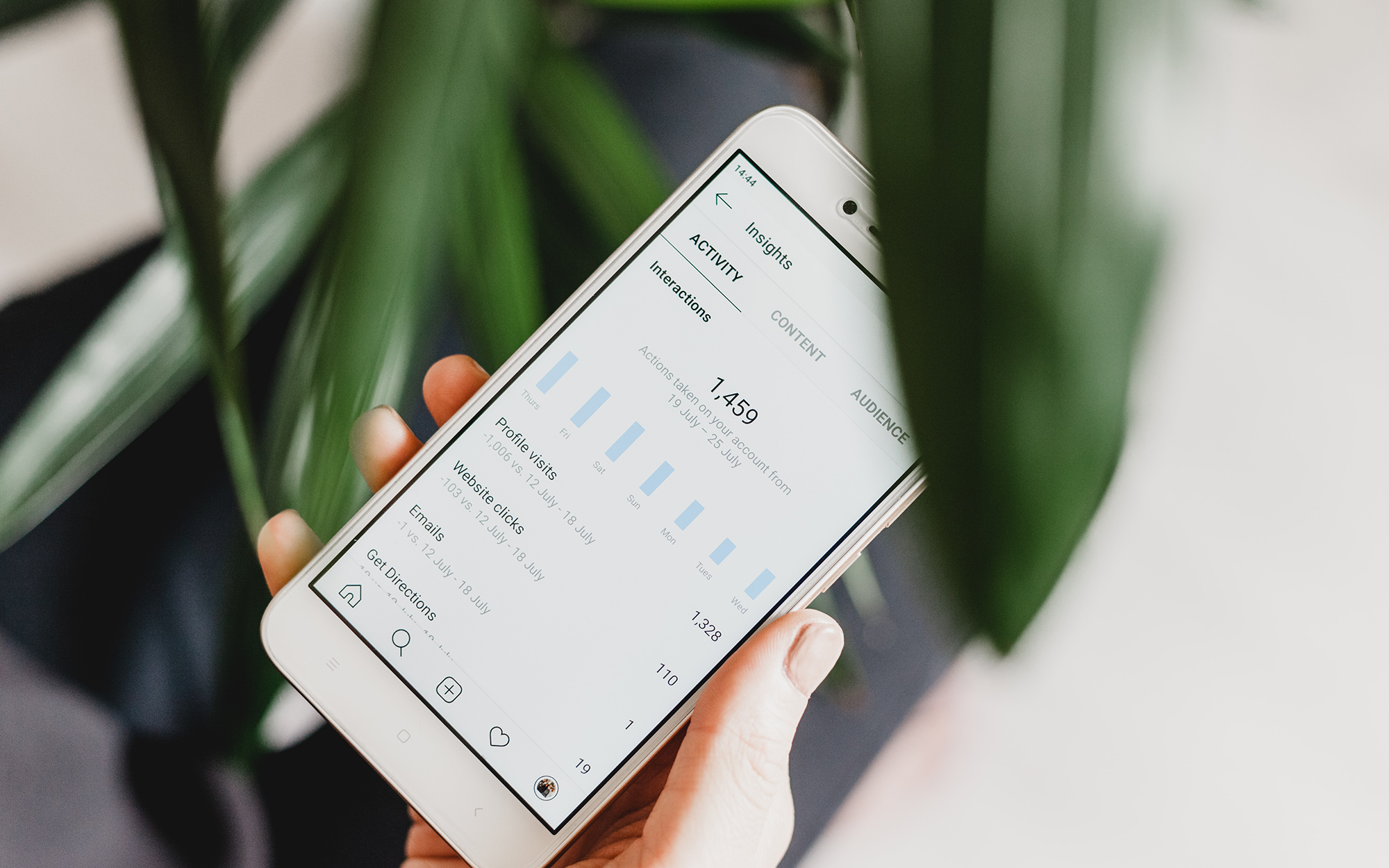Two Parts to Successful Social Advertising
So let’s talk about setting realistic business expectations for a team when working on social media advertising. Social Media Advertising is a complicated process that takes some strategy, investment, and patience. What’s even more important? Listening and understanding those expectations.
If your vendor or employee tells you that social media advertising will trigger a lot of sales fast, they are not telling the truth. Yes, social media advertising is a great way to educate, funnel your audience, and lead to conversions. It takes time and effort for that to happen.
Why does it take so long? Great question.
It can cause unrealistic expectations if people only think of one side of the equation. We should discuss both parts of the equation.
Part 1: Social Ads
It’s important to understand that in 2022, people experience between 6000 and 10,000 ads per day and yours will only be one of them. You may think, “but we are only targeting our audience. Won’t that cut through the noise?” Your competitors are targeting your audience as well and your audience overlaps many other industries. So what does that mean for you? That means you’ll need to run more targeted ads, dial into your audience, invest more than you want, and have patience. Ads overwhelm your audience daily and it may take them some time to respond.
You’ll need to have patience. How much patience? More than you probably have.
But as a rule of thumb, we suggest planning for a minimum of 3 months of running ads. This allows us to gather enough data to make some good adjustments and assumptions toward ROI. It helps tell a story of what your audience responds to and lowers your cost-per-click rate.
Don’t walk away after you run the first set of ads because no one responds. You’re going to be frustrated and for all the wrong reasons.
Pro Tip: If you stop or find someone else after running one set of ads, you’ll probably keep doing this, hoping to find that magical person.
I know that’s not what most business owners want to hear, but it’s the truth. We will get to the other 50% in the next section.
Interview several social ad experts and ask all your questions. Ask that unrealistic question and let the expert answer based on their knowledge and experience. They may not give the answer you want, but you are hiring them for their skill.
If you know nothing about social media advertising, take this opportunity to pick the expert’s brain. Learn how the process works so you know what to expect and set proper goals.
Don’t base your expectations only on your sales experience, as that may not directly translate to social media advertising.
Things you should do
- Ask a ton of questions.
- Listen to the answers and ask why.
- Talk about ROI and set expectations.
- Discuss Ad spend.
- Communicate clearly on a direction and milestones.
- Have all parties involved from the start.
Things you should NOT do
- Don’t react to the results based on a “feeling”.
- Avoid getting angry because you may not have understood something.
- Don’t base everything on the investment, as you may need to invest more.
- Don’t be a one-and-done. Learn from the first try, adjust accordingly, and try again.
I’m not saying to trust your expert blindly, but if they are trustworthy, listen to them.
Part 2: Website Conversions
Let’s say, the social ad is correctly set up, says the right things, and is performing well. But you are not getting conversions/sales. Now what?
The ability to convert is the other 50% of the equation. Social ads can lead people to your website, but if you’re trying to sell $1,000 screwdrivers when they get there, there’s going to be a problem. Or if your website does a poor job of conversion, it’s not the fault of the social ad.
It’s important to create a landing page or squeeze page correctly to lead to as many conversions as possible. When the social ad leads that person to the website, it should be informative, uncluttered, and have a clear CTA (Call-to-action).
What should happen?
- Create a landing page dedicated to converting the social ad.
- Remove navigation to avoid leaving the landing page.
- Write content to further educate the lead once they get there.
- Make sure the content is consistent with the message of the social ad so you don’t confuse the visitor.
- Provide a clear CTA above and below the fold.
What usually happens
- The ad points to a contact us form or a product page that does a poor job of conversion.
- The page has too little or too much content on the page and distracts the visitor from doing the one thing you want them to do.
- The main navigation is left on the page and the visitor gets distracted and navigates away from the lead page.
- The content on the page contradicts the message that is on the ad.
- The page doesn’t have a clear CTA on the page and the visitor doesn’t know what to do, and many times does nothing.
This creates a situation where the social ad leads people to the website and it doesn’t convert.
The two parts of the equation need to work together.
Social media advertising is a complicated process that, when done correctly, can be powerful and lead to conversions. We recommend investing in good communication before running ads. Covering all the parts and stages so you can understand what to expect before, during, and after the ad runs.
We also suggest partnering with a trusted social expert who can help you exceed your goals.
Studio490 is that trusted partner.







